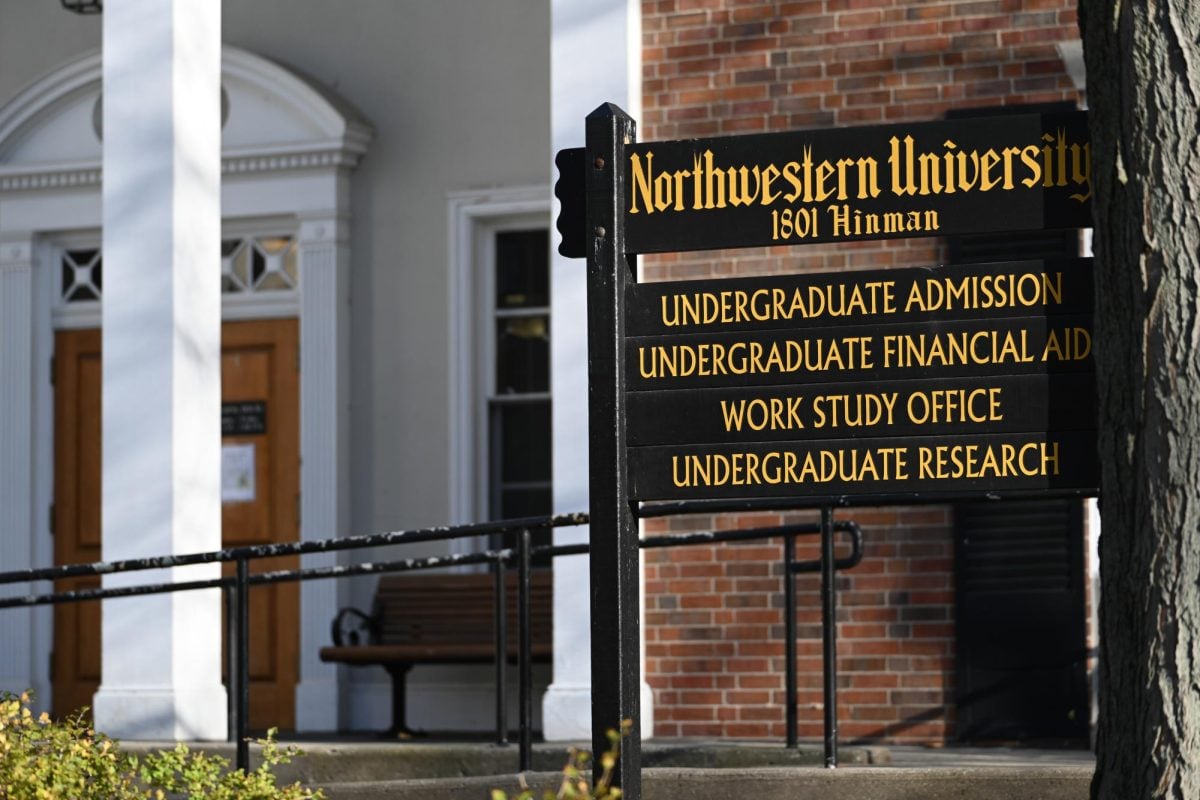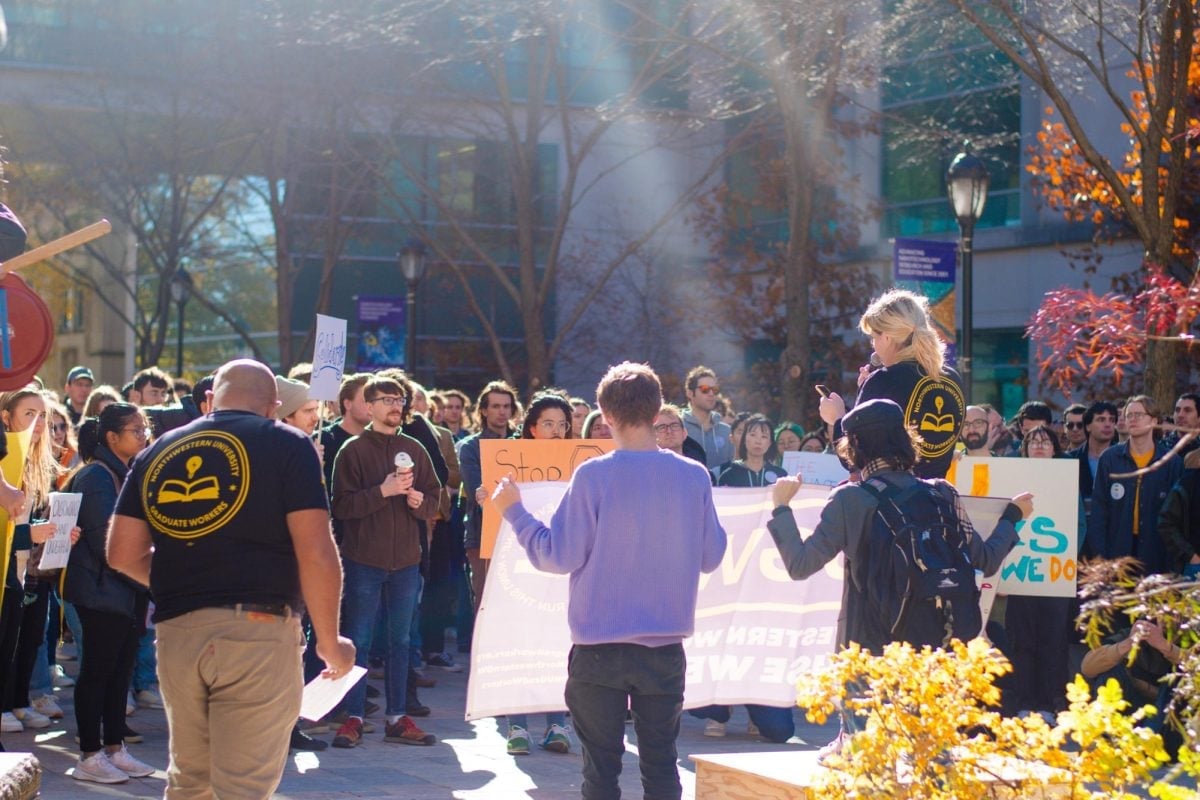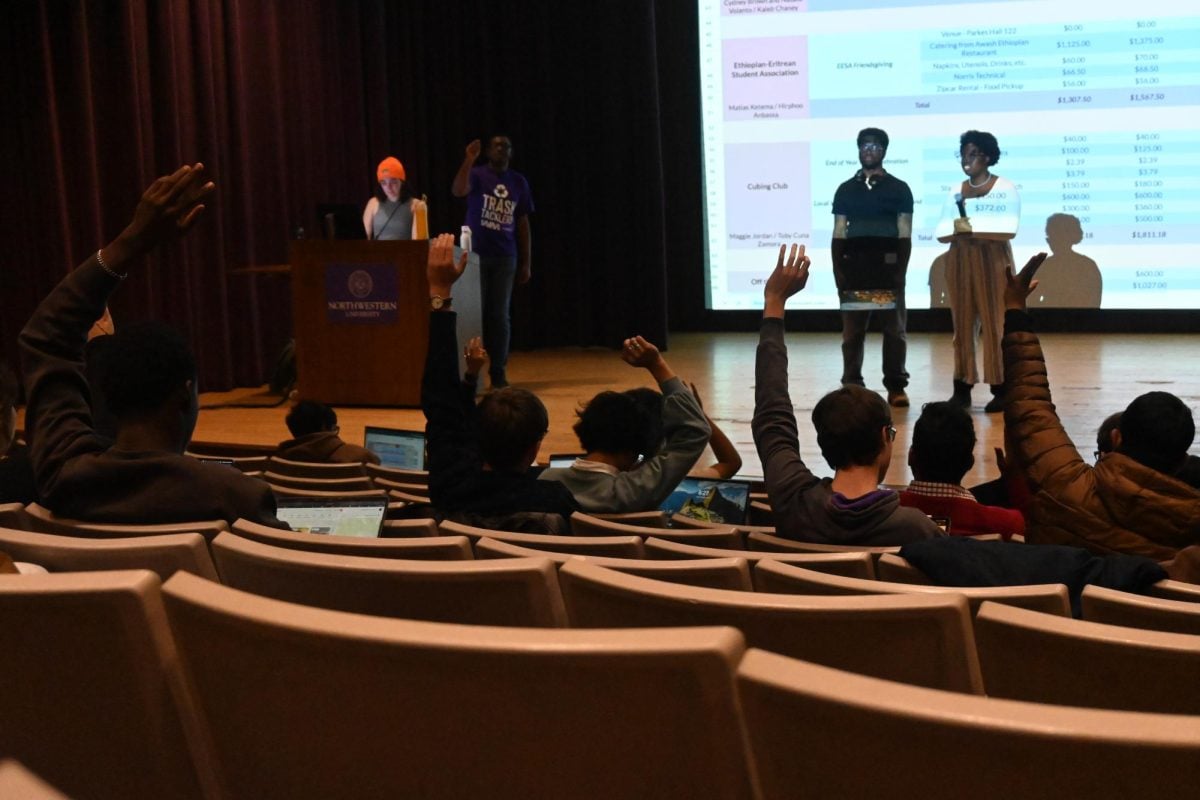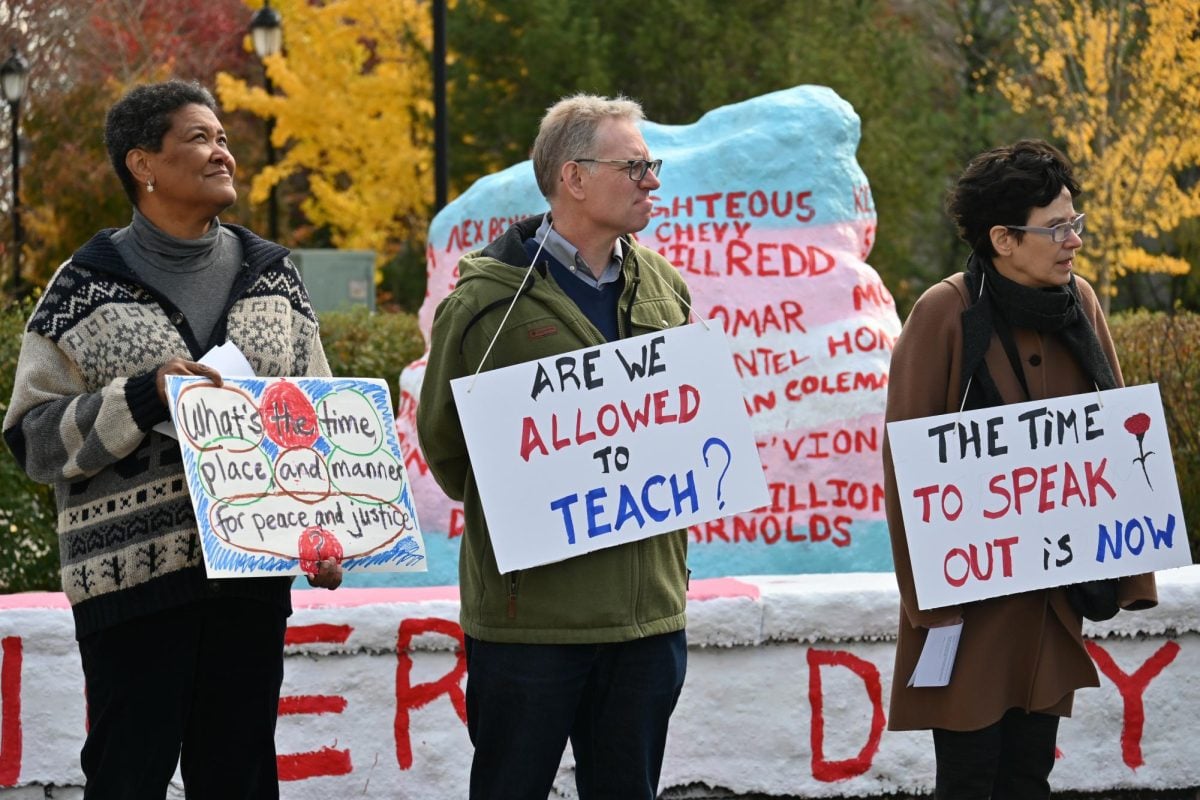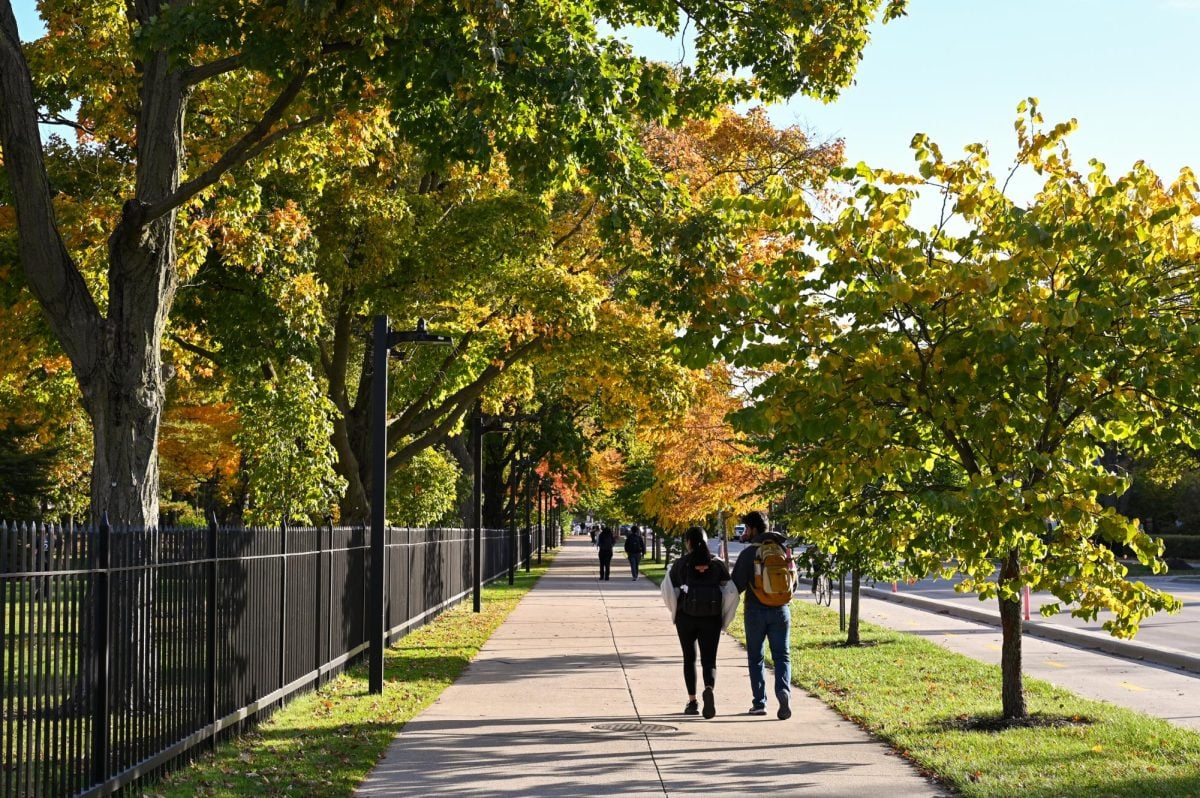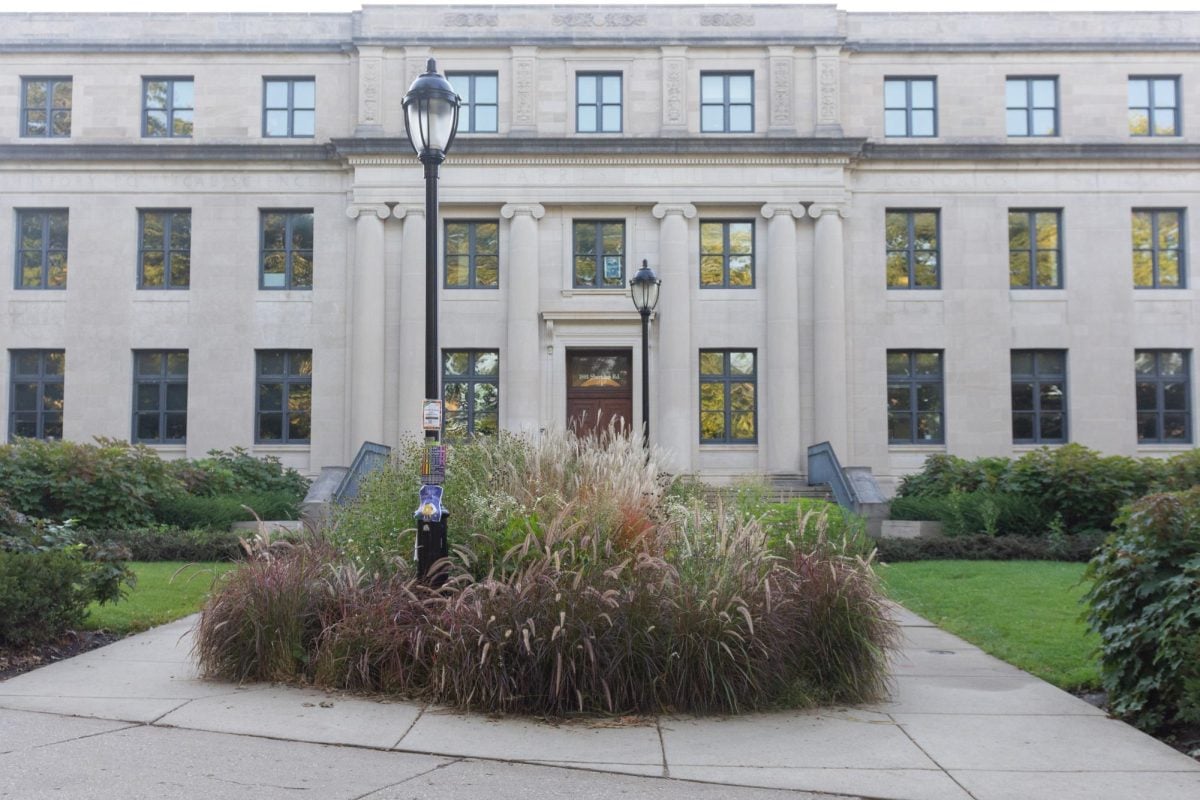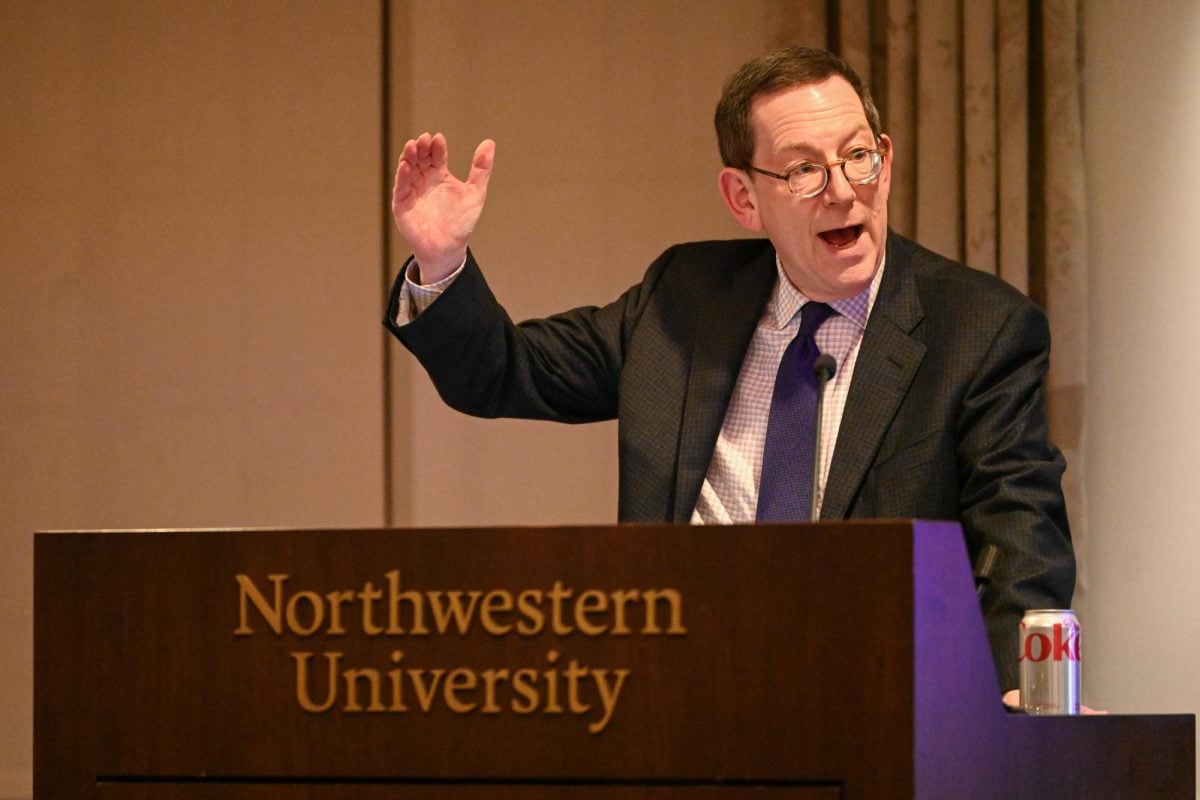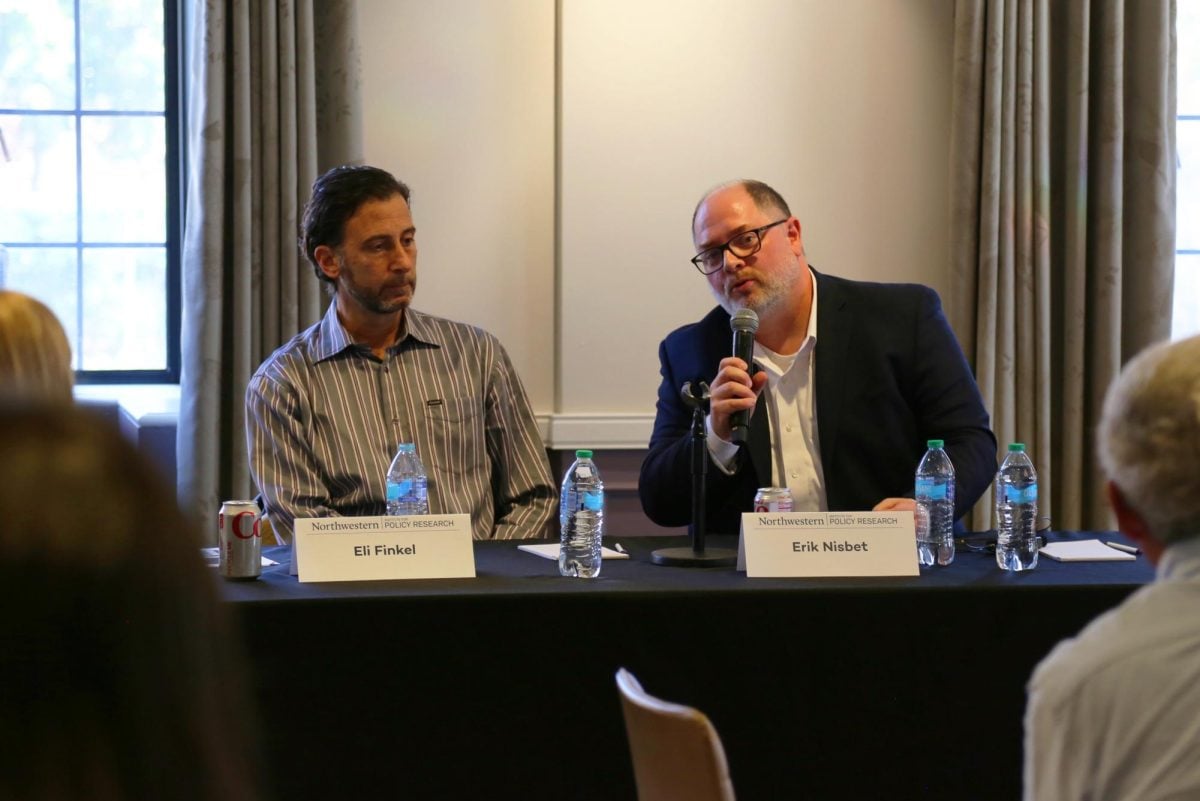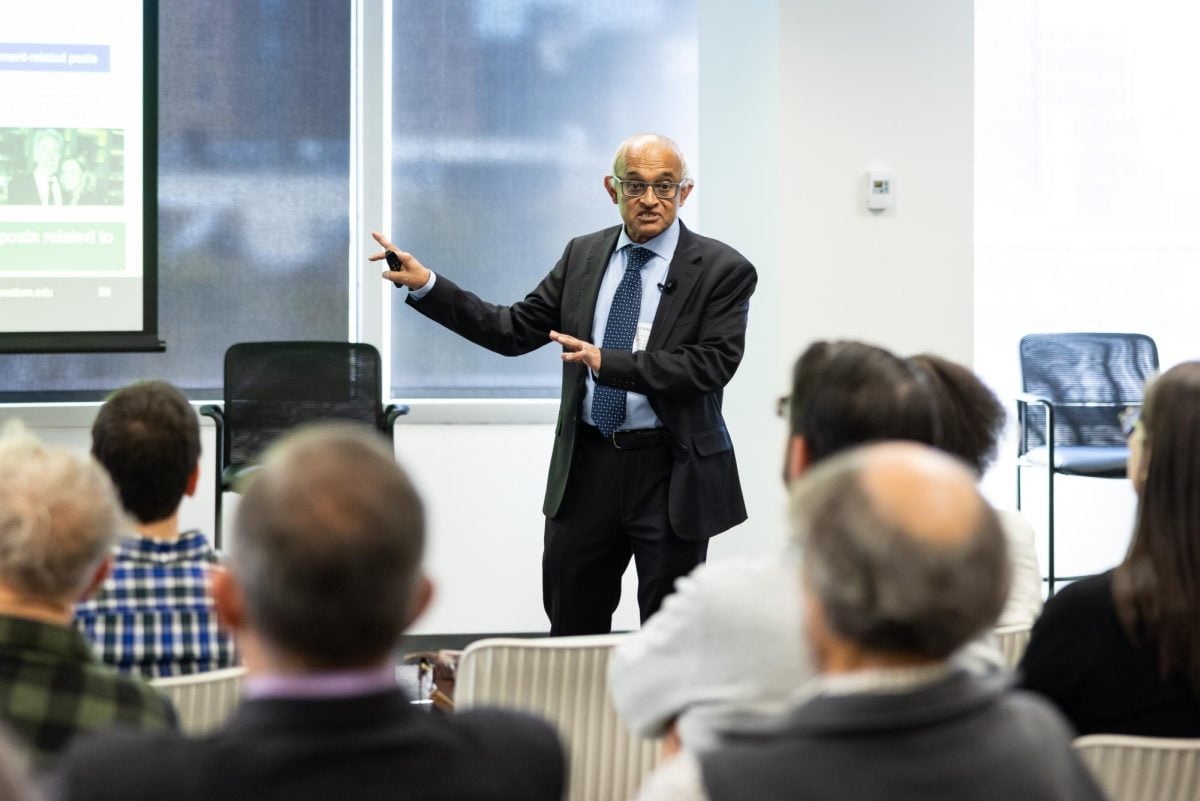Sociology Prof. Christine Percheski is working to understand the correlation between fertility rates and poor economic conditions across communities.
Percheski discussed her analysis of fertility rates during the recent recessionary period at an Institute for Policy Research colloquium last week. Government reports indicate the fertility rate in 2012 was about 63 per 1,000 U.S. women, dropping from 70 per 1,000 in 2007.
Percheski and her colleague, Rice University Prof. Rachel Kimbro, found women with better economic conditions were more likely to become pregnant than women in areas with high unemployment and mortgage foreclosure rates.
Percheski also found that a woman’s partnership status greatly impacted her fertility rate. Pregnancies among married women depended more on the unemployment rates while pregnancies among single women relied more on mortgage foreclosure rates.
“While these were some of the key findings, what surprised me the most was that when unemployment was high, women with different levels of education responded similarly,” Percheski said at the colloquium.
Kelly Becker, a graduate student studying sociology, said she attended the discussion because she was interested in learning more about demographic research.
“The finding about education and pregnancy proves you can’t assume anything,” Becker said. “While we see broad patterns in data, it’s sometimes important to desegregate the groups and to see different patterns.”
Percheski plans to continue and expand her research in this area.
“That’s what’s important,” she said. “People need to know the research isn’t over. There’s still more I want to look into.”
Email: [email protected]
Twitter: @amandadance5

